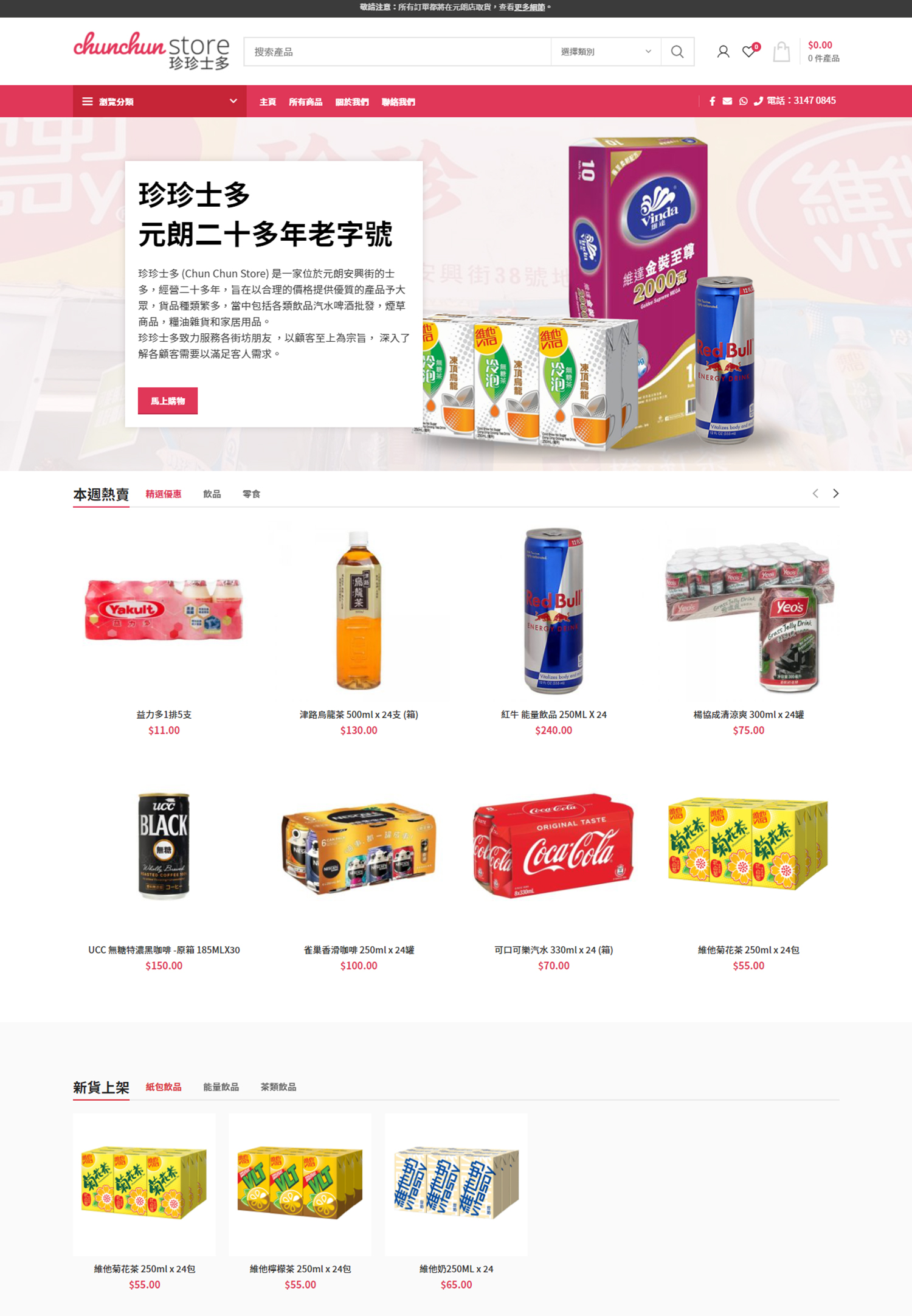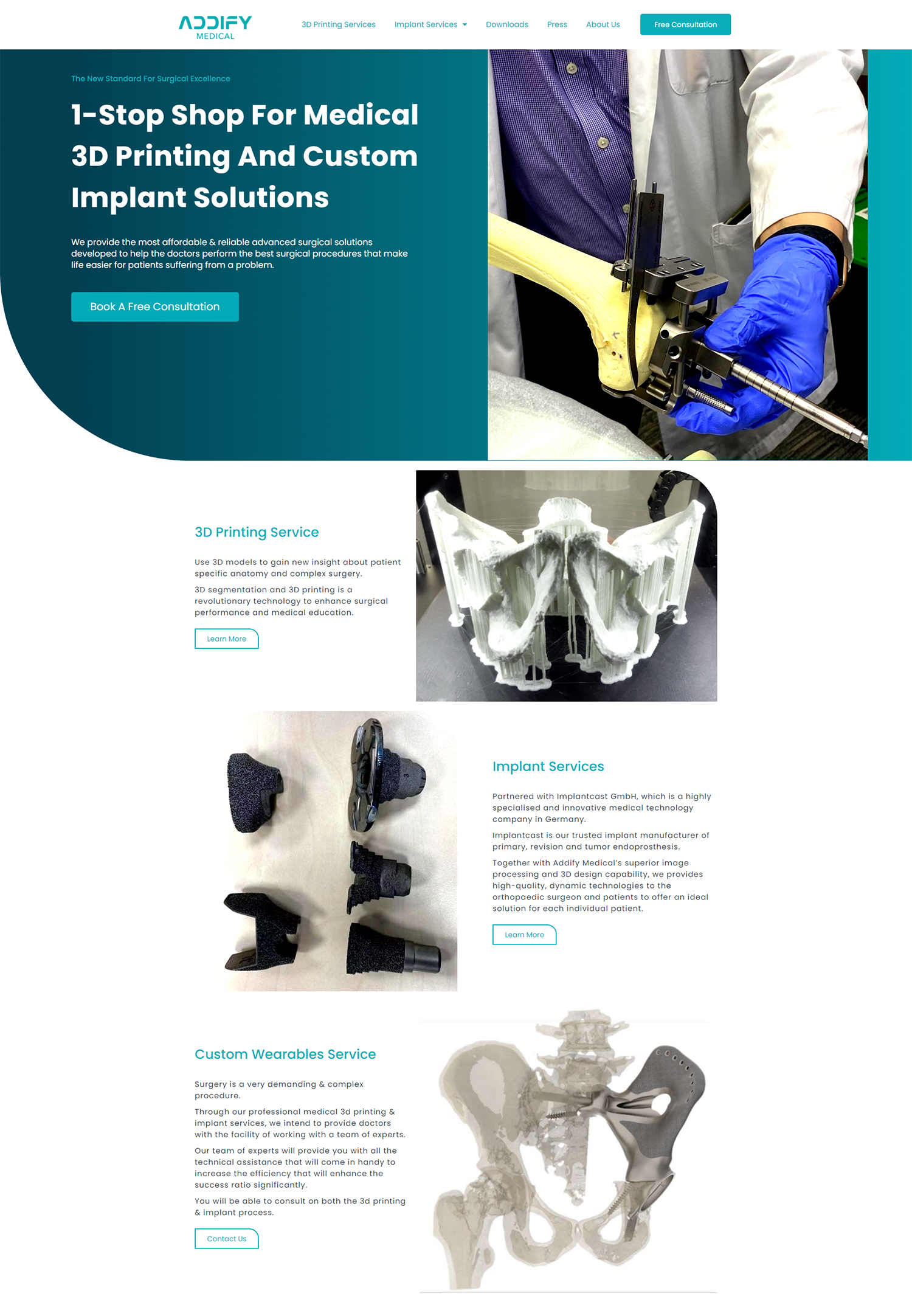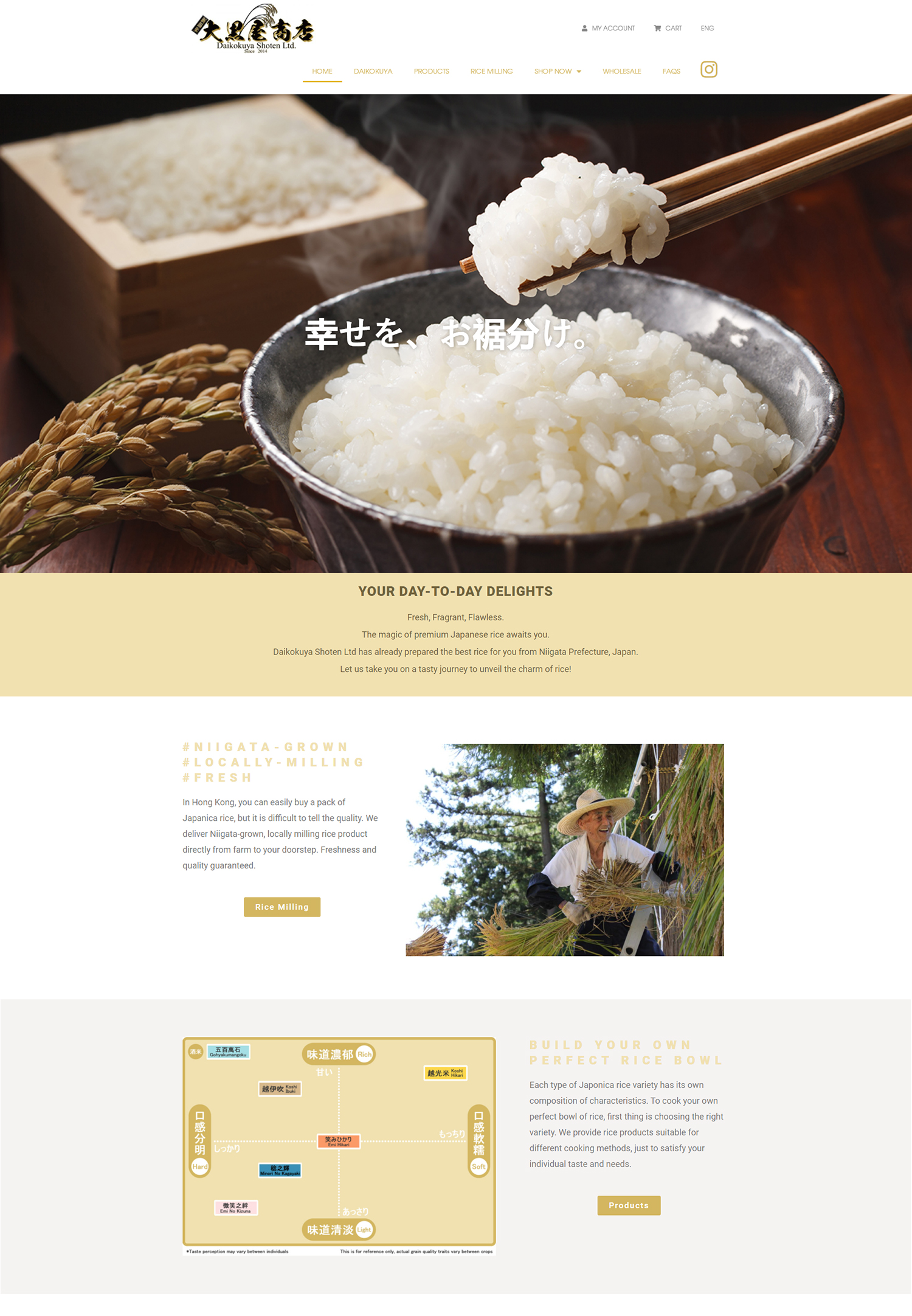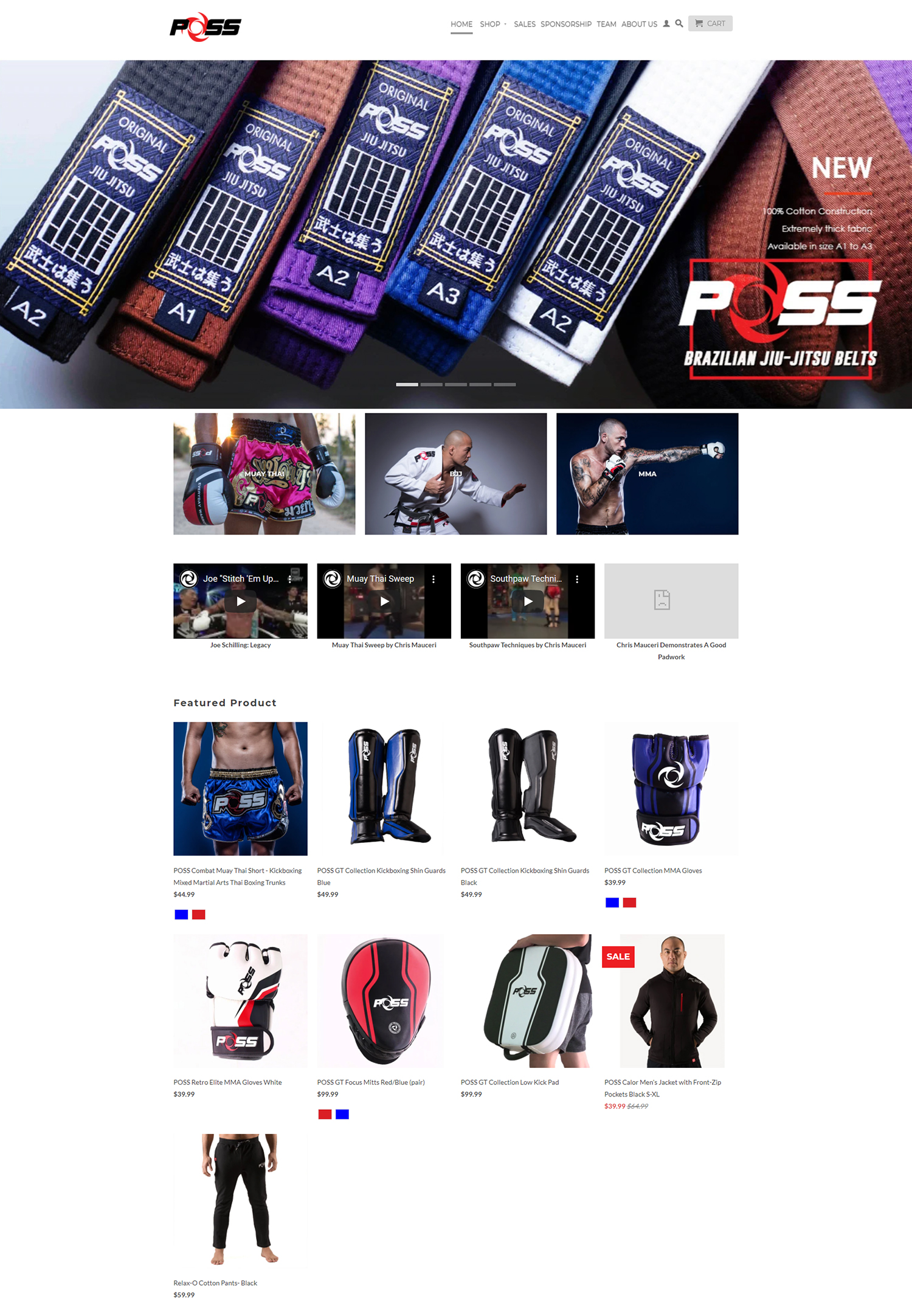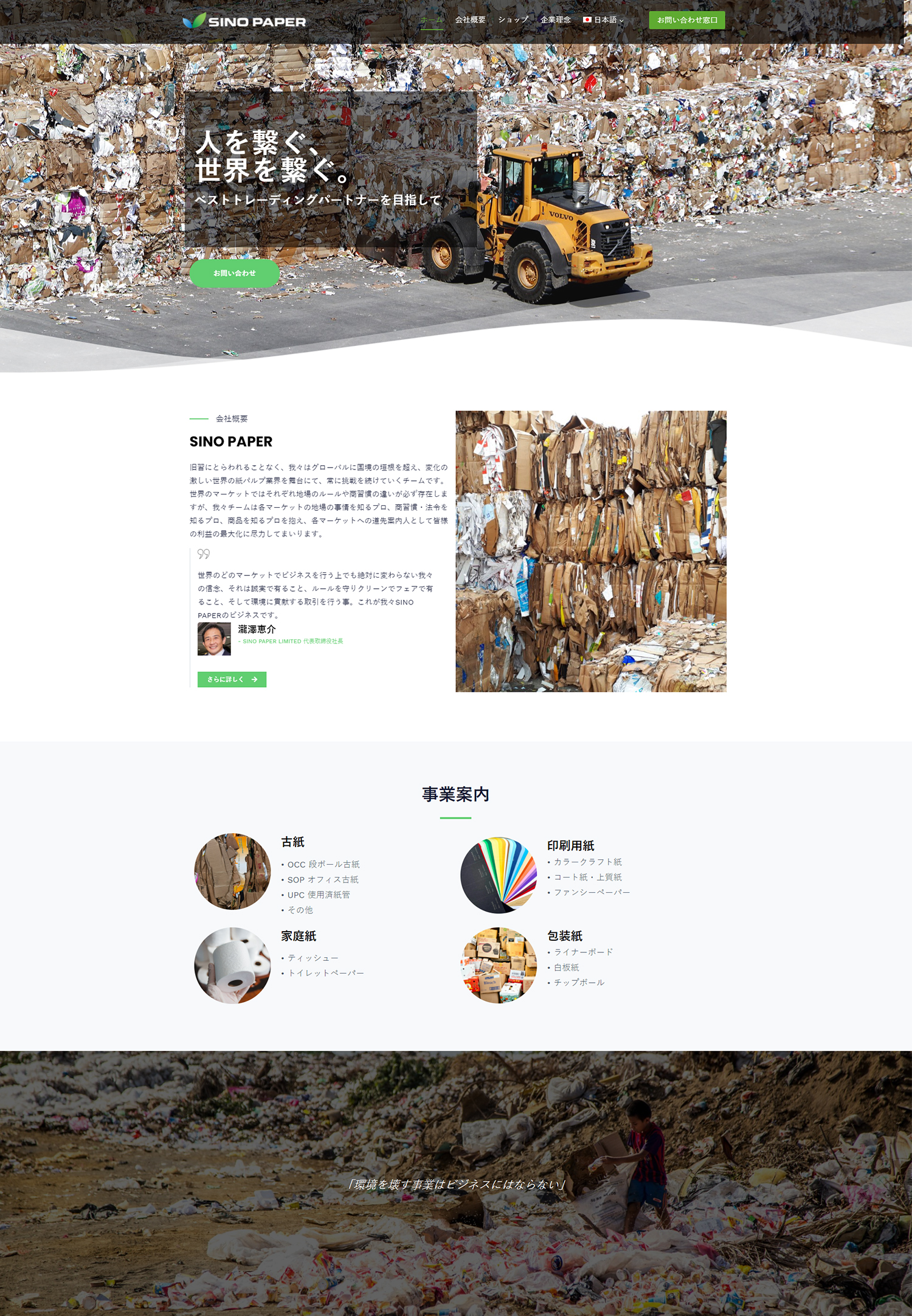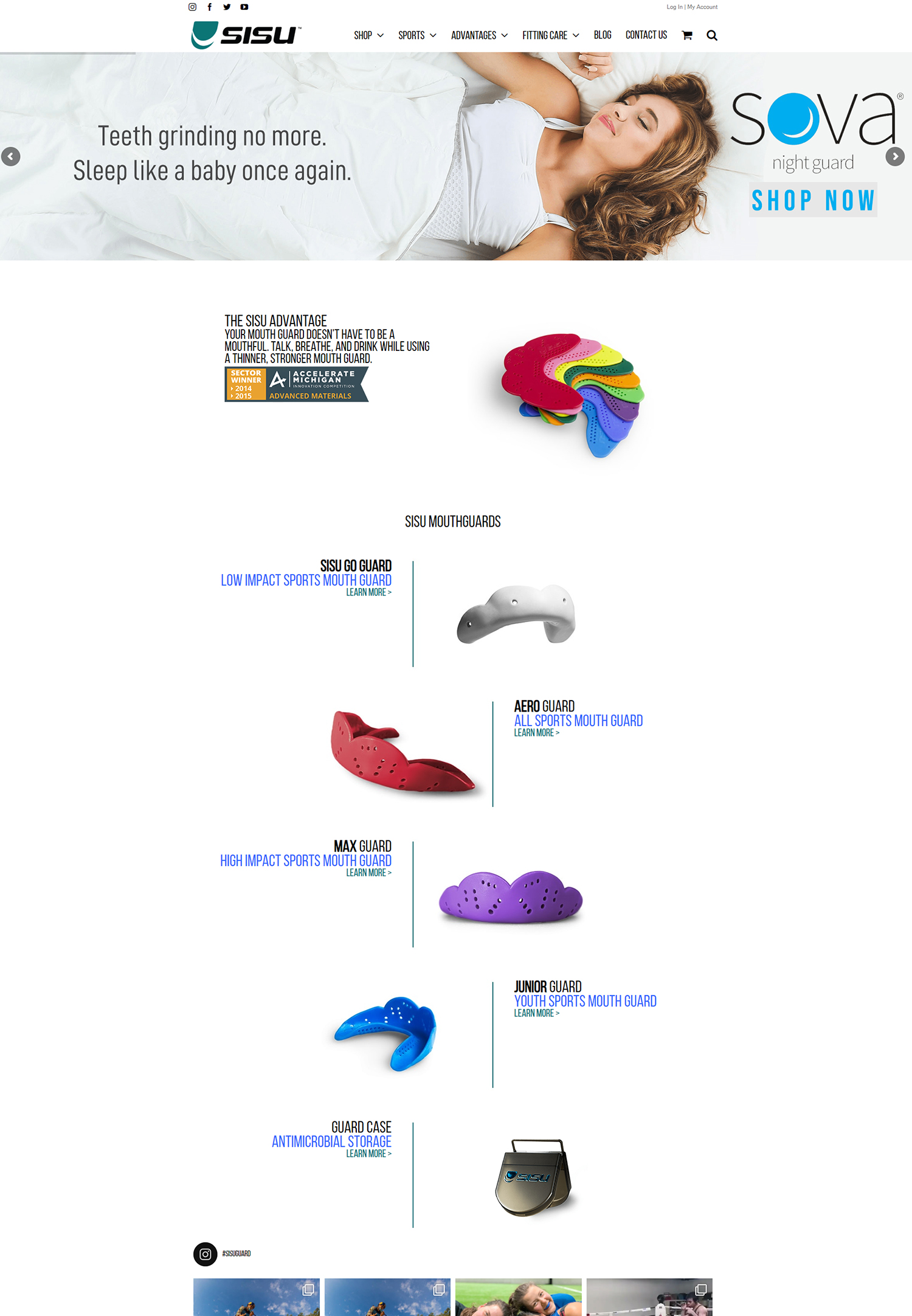Government subsidies for marketing projects represent a significant opportunity for businesses seeking to enhance their visibility and reach. These financial aids are designed to support various marketing initiatives, from digital campaigns to traditional advertising efforts. By understanding the nature of these subsidies, we can better position ourselves to take advantage of the resources available.
Essentially, these subsidies can help offset costs associated with marketing strategies, allowing us to allocate funds more effectively and pursue innovative approaches that might otherwise be financially unfeasible. Moreover, government subsidies can vary widely in terms of scope and application. Some may be targeted specifically at small businesses, while others might focus on particular industries or regions.
By familiarizing ourselves with the different types of subsidies available, we can tailor our marketing strategies to align with the requirements and objectives set forth by the government. This understanding not only enhances our chances of securing funding but also ensures that our marketing projects resonate with broader economic goals, such as job creation or technological advancement.
Key Takeaways
- Government subsidies for marketing projects can provide financial support to businesses looking to promote their products or services.
- Eligibility criteria for government subsidies may vary, but typically businesses need to meet certain requirements such as size, industry, and location.
- Navigating the application process for government subsidies can be complex, but it’s important to carefully follow all instructions and provide necessary documentation.
- Government subsidies can be leveraged for digital marketing initiatives such as website development, social media advertising, and search engine optimization.
- Traditional marketing campaigns like print ads, events, and direct mail can also benefit from government subsidies, helping businesses reach a wider audience.
- Incorporating government subsidies into your overall marketing budget can help offset costs and make marketing initiatives more affordable.
- Evaluating the impact of government subsidies on marketing ROI is crucial to understanding the effectiveness of the subsidies and making informed decisions for future marketing efforts.
- Government subsidies can also be leveraged for sustainable marketing practices, such as eco-friendly packaging, energy-efficient advertising, and green initiatives.
Identifying eligibility criteria for government subsidies
To successfully access government subsidies, we must first identify the eligibility criteria that govern these financial aids. Each subsidy program typically has specific requirements that applicants must meet, which can include factors such as business size, industry sector, and project scope. By thoroughly researching these criteria, we can determine whether our marketing initiatives qualify for support.
This step is crucial, as it allows us to focus our efforts on programs that align with our business objectives and capabilities. In addition to general eligibility requirements, we should also consider any documentation or evidence needed to support our application. This may include business plans, financial statements, or detailed project proposals outlining how the funds will be utilized.
By preparing this information in advance, we can streamline the application process and increase our chances of receiving funding. Understanding the nuances of eligibility criteria not only helps us navigate the landscape of government subsidies but also empowers us to craft compelling proposals that highlight the potential impact of our marketing projects.
Navigating the application process for government subsidies
Once we have identified suitable government subsidies and confirmed our eligibility, the next step is to navigate the application process. This process can often be complex and time-consuming, requiring careful attention to detail and adherence to specific guidelines. We should begin by thoroughly reviewing the application instructions provided by the relevant government agency.
This will help us understand the required forms, deadlines, and any additional materials needed to support our application. As we prepare our application, it is essential to present a clear and compelling case for why our marketing project deserves funding. This involves articulating our goals, outlining our strategies, and demonstrating how the subsidy will contribute to our overall success.
We may also want to include data or case studies that illustrate the potential return on investment (ROI) of our proposed marketing initiatives. By taking the time to craft a well-organized and persuasive application, we can significantly enhance our chances of securing government support for our marketing efforts.
Leveraging government subsidies for digital marketing initiatives
In today’s digital landscape, leveraging government subsidies for digital marketing initiatives can provide us with a competitive edge. With the rapid evolution of technology and consumer behavior, investing in digital marketing strategies is essential for reaching our target audience effectively. Government subsidies can help alleviate some of the financial burdens associated with these initiatives, allowing us to explore innovative approaches such as social media advertising, search engine optimization (SEO), and content marketing.
By utilizing these funds strategically, we can enhance our online presence and engage with customers in meaningful ways. For instance, we might allocate a portion of the subsidy towards developing a user-friendly website or creating high-quality content that resonates with our audience. Additionally, we can invest in data analytics tools that enable us to track the performance of our digital campaigns and make informed decisions based on real-time insights.
Ultimately, leveraging government subsidies for digital marketing initiatives not only boosts our visibility but also positions us for long-term success in an increasingly competitive marketplace.
Maximizing government subsidies for traditional marketing campaigns
While digital marketing is crucial in today’s business environment, traditional marketing campaigns still hold significant value. Government subsidies can play a vital role in maximizing the effectiveness of these campaigns by providing financial support for activities such as print advertising, direct mail campaigns, and event sponsorships. By strategically allocating these funds, we can enhance our brand visibility and connect with audiences through various channels.
To maximize the impact of government subsidies on traditional marketing efforts, we should consider integrating these campaigns with our digital strategies. For example, we might use print advertisements to drive traffic to our website or social media platforms, creating a cohesive brand experience across multiple touchpoints. Additionally, we can leverage data from previous campaigns to inform our traditional marketing strategies, ensuring that we target the right demographics and optimize our messaging for maximum impact.
By taking a holistic approach to marketing that incorporates both traditional and digital elements, we can fully capitalize on the benefits of government subsidies.
Incorporating government subsidies into your overall marketing budget
Incorporating government subsidies into our overall marketing budget requires careful planning and strategic allocation of resources. By treating these subsidies as an integral part of our financial framework, we can ensure that they complement our existing marketing efforts rather than serve as a standalone solution. This approach allows us to create a more comprehensive budget that reflects our goals and priorities while maximizing the impact of available funding.
To effectively incorporate government subsidies into our budget, we should first assess our current marketing expenditures and identify areas where additional funding could enhance our initiatives. This may involve reallocating resources from less effective campaigns or investing in new strategies that align with our business objectives. By maintaining flexibility in our budget and regularly reviewing our spending patterns, we can adapt to changing market conditions and make informed decisions about how best to utilize government subsidies.
Evaluating the impact of government subsidies on marketing ROI
Evaluating the impact of government subsidies on our marketing return on investment (ROI) is essential for understanding their effectiveness and justifying future funding requests. To do this, we should establish clear metrics for measuring success before implementing any subsidized marketing initiatives. These metrics may include key performance indicators (KPIs) such as customer acquisition costs, conversion rates, and overall sales growth.
Once we have implemented our marketing strategies funded by government subsidies, it is crucial to track these metrics closely and analyze the results over time. By comparing performance data from subsidized campaigns against previous efforts or industry benchmarks, we can gain valuable insights into the effectiveness of our investments. This evaluation process not only helps us assess the impact of government funding on our marketing ROI but also informs future decision-making regarding resource allocation and strategy development.
Leveraging government subsidies for sustainable marketing practices
As businesses increasingly prioritize sustainability in their operations, leveraging government subsidies for sustainable marketing practices has become more relevant than ever. These subsidies can support initiatives aimed at promoting environmentally friendly products or services while enhancing brand reputation among eco-conscious consumers. By aligning our marketing efforts with sustainability goals, we can not only access valuable funding but also contribute positively to societal challenges.
To effectively leverage government subsidies for sustainable marketing practices, we should focus on developing campaigns that highlight our commitment to environmental responsibility. This may involve promoting sustainable sourcing practices, reducing waste in production processes, or supporting community initiatives related to sustainability. By communicating these values through targeted marketing efforts funded by government subsidies, we can differentiate ourselves in a crowded marketplace while appealing to consumers who prioritize ethical considerations in their purchasing decisions.
In conclusion, understanding and leveraging government subsidies for marketing projects presents a unique opportunity for businesses looking to enhance their visibility and reach while managing costs effectively. By identifying eligibility criteria, navigating the application process, and strategically incorporating these funds into our overall marketing budget, we can maximize their impact on both digital and traditional campaigns. Furthermore, evaluating the ROI of subsidized initiatives allows us to refine our strategies over time while promoting sustainable practices that resonate with today’s consumers.
Ultimately, by embracing these opportunities, we position ourselves for long-term success in an ever-evolving business landscape.






